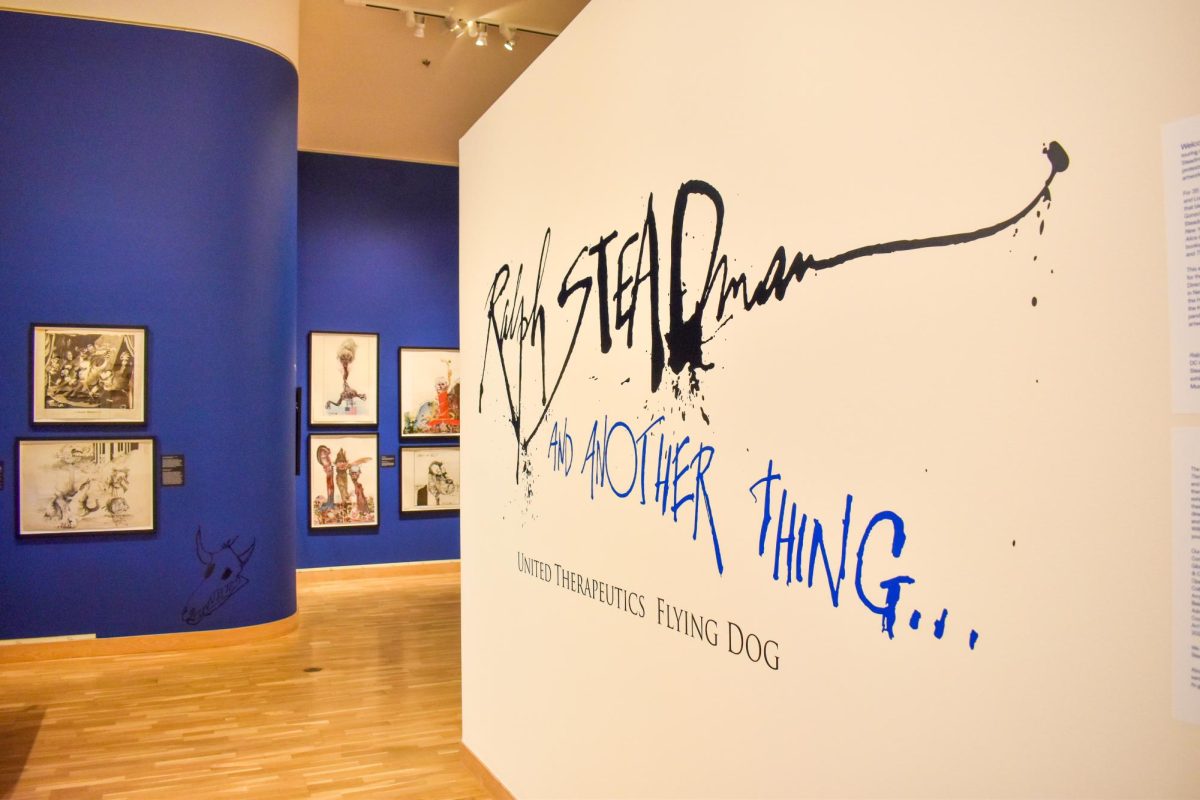*Massive spoilers for the Spider-Man continuity in general and specifically Spider-Man: Into the Spider-verse.*
If you’re anything like me, you asked yourself “Really, Spider-Ham?” when you first saw announcements for Spider-Man: Into The Spider-verse. We’ve had six Spider-Man centric films in the past fifteen years featuring three different Spider-Men, not to mention the Spider-Man ensemble role in other Marvel Cinematic Universe movies. We know the story of friendly, neighborhood Spider-Man, we know that “with great power comes great responsibility.” Uncle Ben’s dead, that’s sad. Gwen Stacy’s dead, that’s sadder. We don’t need another Peter Parker, or Peter Porker for that matter. So, why is Sony Animation giving us one?
Maybe you’re not that into superhero movies, or maybe you just dismissed it as a children’s movie. My point is: you should see this film. It knows you are well aware of the Spider-Man story. In fact, that’s half the fun of it!
The film never misses a chance to poke fun at the amount of Spider-Men you’ve seen, but trust me, you haven’t seen them quite like this. It features characters from multiple universes that have inherited the classic spidey powers: Peter Parker, Miles Morales, Gwen Stacy, Peter B. Parker, the other Peter Parker, Peter Porker, and Peni Parker. The Spider-verse was first introduced as a long-running comic storyline in 2015 and a lot of the characters are drawn from its run. Even characters I was convinced had never existed before (like Spider-Noir and Spider-Ham) have actually been around for a while!
In the film, Miles Morales is bit by a radioactive spider and develops insane abilities like sticking to walls (and Gwen’s hair). He goes back to the site where he was bitten and stumbles across his universe’s Peter Parker battling the Green Goblin. Peter attempts to stop Kingpin from opening a dimension portal to bring back his wife and son, who left after learning about his criminal empire and died. The portal is successfully opened and closed, and plans are made for a grand reopening. Peter promises to teach Miles the ropes and gives him a flash drive capable of destroying the portal. He sends Miles out of harm’s way before being killed by Kingpin. Miles goes to visit Peter’s grave to tell him he is taking on the mantle where he runs into Peter B. Parker, another universe’s Spider-Man. Miles and Peter B. Parker are forced to team up and stop Kingpin and get the original Peter– and everyone else– home.
To those of you who view this as a more childish/family flick, you’re not entirely wrong. It definitely earns the title of acceptable for younger audiences. Miles and Gwen are teenagers, after all. Miles is shown struggling with cliché teenager problems– new schools, fitting in, parental relationships, and identity. Because he’s the protagonist, these issues are hit hardest; however, Peter B. Parker’s more “adult” problems are addressed just as frequently. This Peter is recently divorced (and handling it great) because he wasn’t sure he wanted kids, though his ex-wife Mary Jane did. But in my view, the real heart of the film rests at the core of each spider-powered hero: no matter how hard or how often they are hit, they always get back up. The film sends a great message to younger kids, but it’s also an important message adults need to hear from time to time.
Into The Spider-Verse is also an animated film, but it’s unlike anything I’ve seen before, making it a well-deserved winner of last week’s Golden Globe. The film is computer-animated, but it is meant to look like comic book art brought to life. Sony describes the animation techniques as “revolutionary,” combining computer and 2D animation with comic book drawing techniques. They strongly encourage viewers to see it in 3D in order for the experience to really feel like you’ve slipped into your favorite Marvel comic. I felt immersed in a comic after seeing it in 2D, too. Everyone has their own special animation style: Spider-Ham is traditional cartoon, Spider-Noir is completely black and white, Peni is straight out of an anime, and Gwen’s look is pulled directly from her comic line. The film shoawcases a beautiful mesh of styles and designs that work seamlessly to show the divisions between the worlds and create distinctive characters.
Long-story short, this film is worth seeing at least once for its beautiful animation, witty script, and relatable characters for those of all ages. Plus, come on, John Mulaney as a talking pig? Nicholas Cage as a black-and-white Nazi crime fighter? What more do you need?








